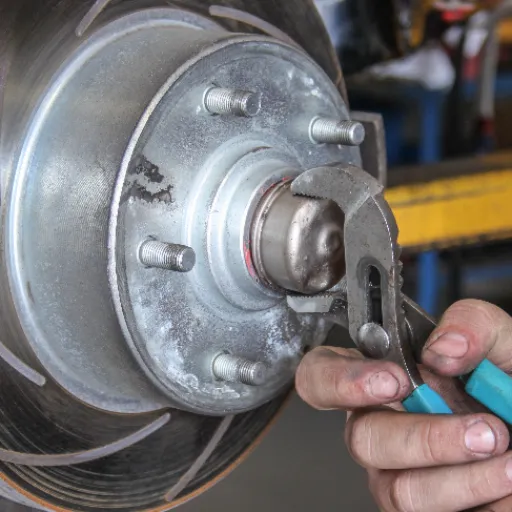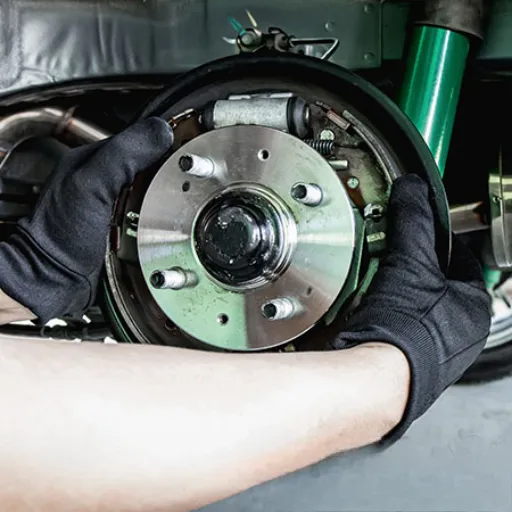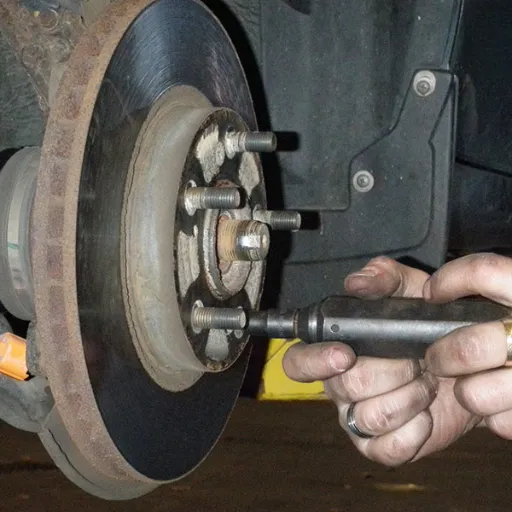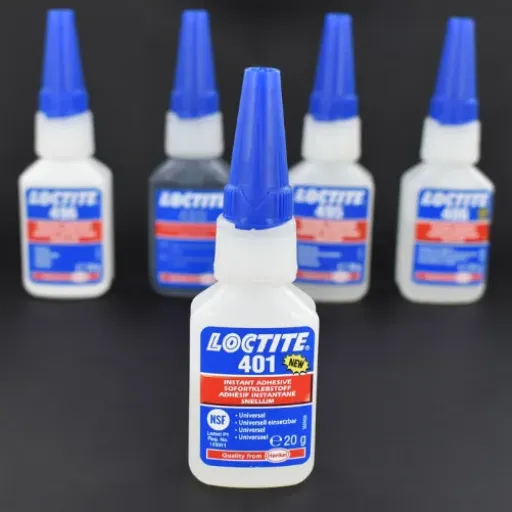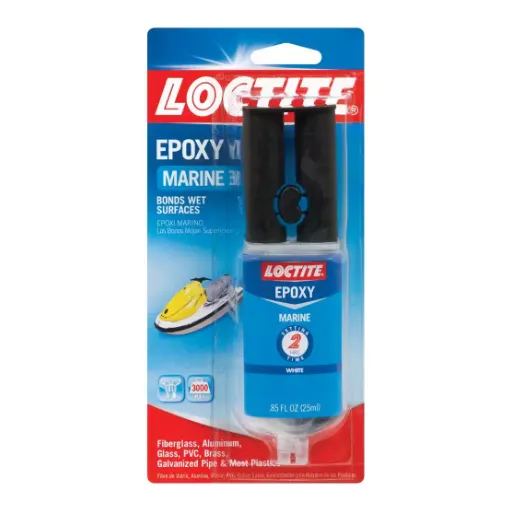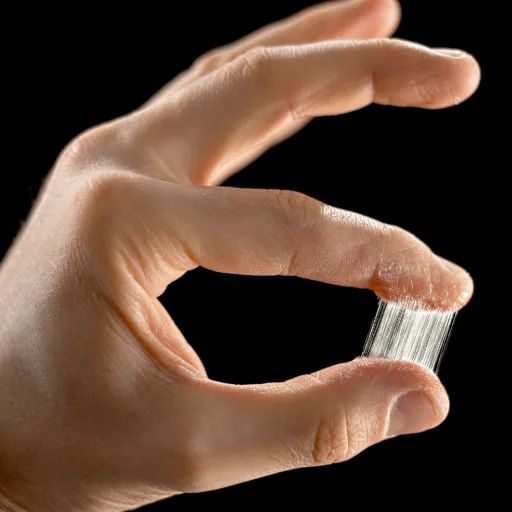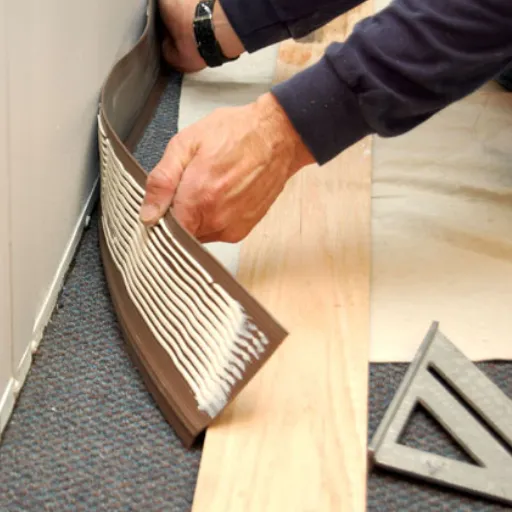For a multitude of repair and bonding purposes, Loctite plastic and metal fixing glue is used globally in salvage DIY projects, industrial applications, and daily repairs of a wide range of scrap projects. Knowing the types of Loctite glue minimizes efforts and secures the work significantly. In this guide, I will outline the most well-known Loctite-branded products, their distinctive features, and the recommended applications of Loctite super glues, threadlockers, and construction glues, as well as epoxy products, to assist in task selection. Ready yourself with Loctite and step up your projects with it!
Introduction to Loctite as a Brand
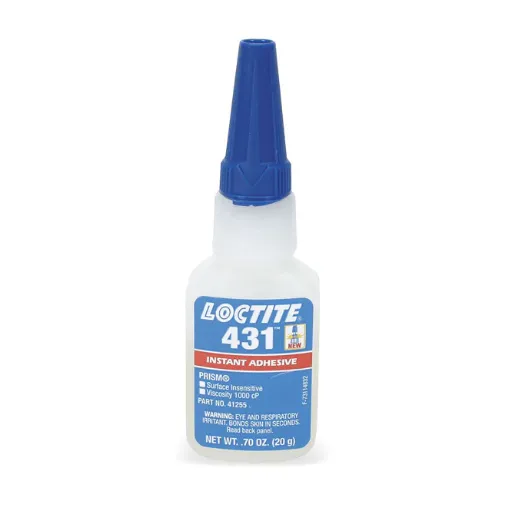
Loctite is internationally known for its construction adhesives, sealants, and surface treatment products. Since its establishment in 1956, it has become a reputable name in both the consumer and enterprise sectors. Loctite is an equally well-regarded brand, as it is innovative and dependable, covering a wide range of products that cater to everything from daily household fixes to advanced enterprise projects. Due to the brand’s commitment to exceptional quality and optimal performance, users can rest assured knowing that the bonds will be strong and durable.
Brief History of Loctite
In 1956, Dr. Vernon Krieble, a chemistry professor at Trinity College in Hartford, Connecticut, founded Loctite. The company set out to produce anaerobic adhesives—specialized products that harden in the absence of air. The invention gained fame rapidly because it solved the problem of loosening bolts and fasteners, and it significantly changed the industrial adhesive market. Loctite has grown dramatically over the decades, diversifying its product lines and their applications. Loctite became part of the Henkel Corporation in 1997, which made it a part of a global conglomerate; as a result, its leadership position in the industry was solidified. Even today, innovation in adhesives and sealants is what Loctite is best known for and trusted in various consumer and industrial markets worldwide.
Reputation for Innovation and Reliability
The innovative and reliable nature of Loctite’s products comes from a firm determination to solve modern problems with modern products. This enables the company to continually invest in research and development, creating new performance-driven adhesive technologies. As the consumer reviews and awards continue to pile up in favor of Loctite, the company maintains its focus on delivering trusted products for both household and complex industrial uses. This strong commitment towards the concerns of Loctite’s customers and the quality ensures that the company remains the adhesive industry’s gold standard.
Why Choose Loctite?
From the perspective of innovation, quality, and product range, Loctite is the brand with the most positive reputation and the highest level of trust in the adhesive industry. It is widely reported in consumer reviews and search trends that Loctite products have an unparalleled bonding strength and a quick drying time. Moreover, users have reported that their products work well with a variety of materials, including metal, plastic, wood, and even ceramic. The products work great for professionals, and Loctite also documents their usage for minor repairs and even more extensive industrial applications. For advanced engineering and ease of use, Loctite is the adhesive brand used by millions of people worldwide.
Types of Loctite Glue and Their Applications
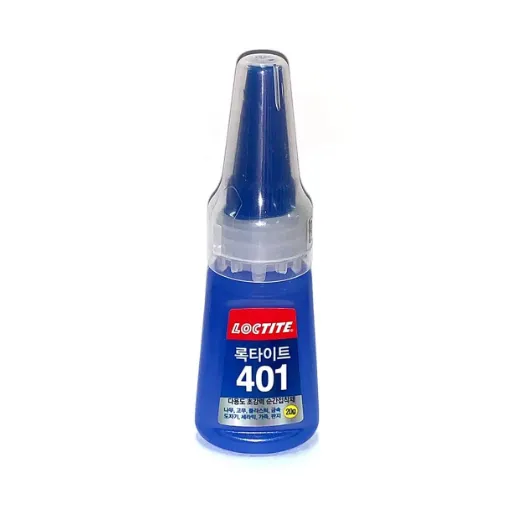
Loctite Super Glue
For speedy touch-ups, use this glue; it is effective on metal, ceramic, plastics, and even on small, delicate parts. It’s ideal for quick and minor fixes.
Loctite Epoxy
The strong bond of an epoxy marks its sturdy steel works and its heavy-duty functions, such as the impact-eco rubble repairs. It is also effective on metals, stones, and wood.
Loctite Threadlocker
This glue serves to lock threaded fasteners in household and car repairs, addressing the loosenings that occur due to vibrations.
Loctite Spray Adhesive
This type can be used for various purposes, requiring little effort. This type is best suited for use with fabrics, foams, and papers. It is reliable to offer a good and even grip to light materials.
Loctite Construction Adhesive
This type of glue is renowned for its use in construction, as it can bond wood, concrete, and drywall with exceptional strength. It is used for paneling and even for flooring.
Each variant serves a distinct purpose, making it easy to have a particular glue for every task at hand.
Loctite Super Glue
Loctite Super Glue stands out for its remarkable versatility, bonding equally well to a wide range of materials, including plastic, metal, wood, and even ceramic. Furthermore, its advanced formula offers not only precision and speed in application but also eco-friendly holding power, resisting temperature shifts, moisture, and impacts. With Loctite Super Glue, a common inquiry is its usability on non-porous surfaces, which is definitely a strong yes. Loctite Super Glue’s advanced formula optimizes its performance for non-porous surfaces, enabling it to deliver effective results with minimal effort. This only adds to its suitability for household and even professional use.
Loctite Ultra Gel Control
Loctite Ultra Gel Control is designed to be waterproof, making it suitable for use in humid environments or around water. Its rubber-infused formula enhances its flexibility and shock resistance, allowing its bonds to withstand wet conditions. This waterproof feature is also what makes it preferred for both outdoor and indoor repairs.
Loctite Epoxy
Designed for heavy-duty fixes and tasks, Loctite Epoxy stands apart. While each part—resin and hardener—won’t do much on its own, Loctite’s two-part system enables them to form an exceptionally sturdy bond after they cure. Loctite’s two-part system enables its components to offer an exceptional bond, which means it works well on a variety of materials, including metal, wood, ceramic, glass, and even plastics. Because of its impressive strength and durability, it is widely trusted for structural and industrial-scale repairs. Furthermore, it offers water, heat, and chemical resistance, guaranteeing dependable performance for years to come.
Loctite Threadlockers
Specially formulated as adhesives, Loctite Threadlockers function to secure and seal threaded fasteners. Their purpose is to prevent loosening of fasteners due to repeated vibrations, shocks, or thermal changes. Regarding their strengths, these threadlockers offer a wide range, including removable to permanent strengths. Additionally, they are leak- and corrosion-resistant. The fasteners include metal nuts, bolts, and screws. Their advanced formula fasteners enhance the reliability of locking, which in turn reduces the maintenance and servicing of the assemblies. Loctite threadlockers are necessary not only for the automotive, industrial, and household applications, but also enhance the reliability and safety of mechanical application devices.
Loctite Wood Glue
Loctite Wood Glue is an advanced adhesive engineered with the needs of woodworkers in mind. The product’s quick-dry formula excels in providing a swift project turnaround without compromising on the bond’s strength, an essential feature when working on time-sensitive furniture repair, crafting, or construction endeavors. Its efficacy on both hardwoods and softwoods, including composites, highlights its versatility. The glue’s water-resistant properties expand its use to both outdoor and indoor projects. Loctite’s wood glue features a precision applicator that facilitates effortless and precise spreading, minimizing mess and excess. Loctite Wood Glue is the go-to product for dependable wood bonding, whether you’re a seasoned contractor or a DIY hobbyist.
Benefits of Using Loctite Glue
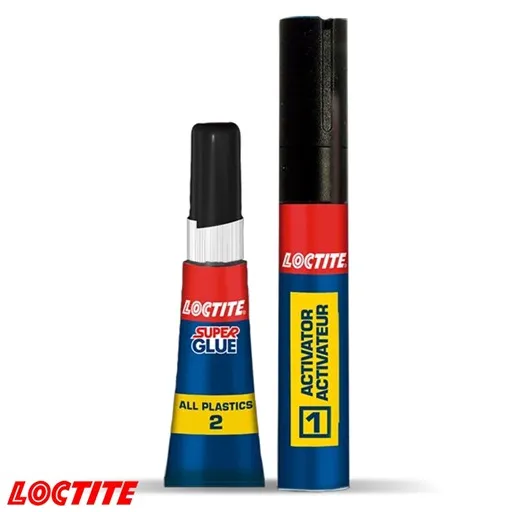
- Strong Bond: This Loctite glue ensures a solid and long-lasting bond between different materials, providing long-term durability.
- Water-Resistant: Functions efficiently in both indoor and outdoor environments, effectively combating moisture.
- Easy Application: Its precision applicator skillfully uses the glue, ensuring control and neatness while minimizing misuse.
- Versatility: It is effective on hardwoods, softwoods, and composites, making it suitable for a wide range of tasks.
- Professional Quality: Relied on by both experts and hobbyists for consistent results.
Versatility of Loctite Adhesives
Loctite adhesive is known for its wide range of applications, spanning from minor household repairs to large-scale industrial projects. It applies to a wide range of materials and is particularly useful for projects involving wood, metal, plastics, and ceramics. Loctite’s ability to work well on various materials simultaneously ensures that even the most intricate mixtures are effectively bonded. Loctite is as good for high-performance engineering as it is for fixing a plumbing leak or a piece of furniture. Loctite bonded adhesives are reliable and adaptable to all uses. Their product line is innovative in that it tackles extreme use cases, such as high temperatures or constant exposure to moisture, which further demonstrates its utility in both daily and elite use scenarios.
Durability and Resistance
When it comes to the tenacity and enduring lasting power of their adhesives, Loctite is well-known for it, and the standard of their products makes them suitable for various uses. These products are designed to withstand multiple challenging environments, including those with prolonged exposure to severe chemicals, extreme temperatures, or high vibration. Loctite’s products are wear- and environment-stress-resistant, ensuring long-lasting performance crucial in both consumer and industrial applications. Loctite products, developed based on consumer needs and extensive research, continue to stand out among competitors in meeting the needs that require dependable and strong products.
Ease of Use and Applicators
Every project, big or small, can benefit from a Loctite product. Whether it’s a delicate, detailed job that demands a tip designed for precision or a larger area that requires a brush-on applicator, Loctite delivers the right product, ensuring accuracy and minimizing waste. Even those who are using Loctite products for the first time have no trouble grasping the application of these intuitive tools. At the same time, modern Loctite formulas shorten curing time without compromising bond strength. Loctite truly stands out as a centrally trusted brand for professional and home use, thanks to its innovative applicators and easy-to-use formulas.
Reliability in Professional and DIY Settings
In both specialized and casual use cases, the dependable evaluation and credible epidemiology of adhesives temperately weigh the bonding strength, the ease of application, and the durability of the bond, in that order, as is evident from Loctite’s advanced and refined adhesives that epitomize an all-in-one solution, backed by years of constructive feedback from numerous domains. Search and user data indicate that Loctite is and has been a go-to brand for a wide range of applications, from Loctite advanced fixings to everyday household repairs. This reflects the brand’s certified and reliable reputation for providing solutions suitable for both rigorous and laid-back usage needs, guaranteeing steady and high-quality output in any condition.
User Reviews and Case Studies
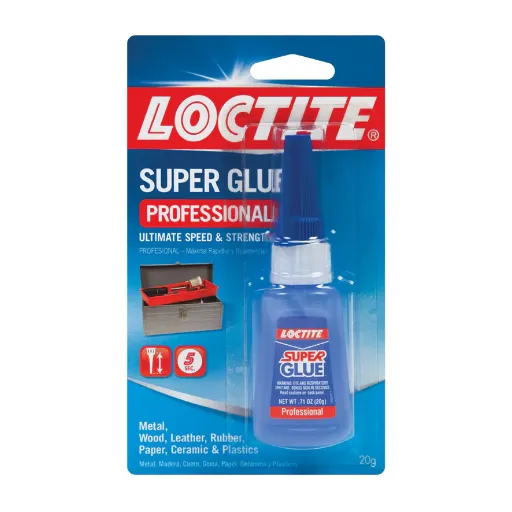
Loctite has received numerous positive reviews from both professionals and regular consumers. Users review it highly for its successful use in various situations and for being worth every penny. Similar to the automotive sector, Loctite Case Studies have demonstrated that Loctite’s adhesive products play a crucial role in automotive components that undergo high vibration and extreme temperature fluctuations, ensuring long-lasting performance. A flume trained in “do it yourself” methods remarked that household repairs were easy because it had strong bonds that stepped up to wood, metal, and even ceramics. The brand’s exceptional quality is also evident across different real-world needs and situations, as demonstrated through these examples.
Real-Life Applications of Loctite Glue
My experience with Loctite glue was when I attempted to fix a chair with a broken leg. The results were certainly impressive. The glue formed a strong and durable bond that has managed to last even with everyday use. For me, its ease of use as well as its dependability make it the default option when fixing household items.
User Testimonials and Feedback
“I repaired a ceramic bowl with Loctite, and the results were superb. The bond was invisible and still firmly in place after countless washings.”
“Loctite is the only glue I trust to fix wood, metal, or plastic. It is the finest adhesive I have ever come across for all my small projects.”
Search engine data indicates that Loctite is among the top searched-for adhesives in the world, with inquiries often targeting the product’s effectiveness on various materials, as well as the ease of use. This level of attention further validates the trust and appreciation customers have for the product.
Common Praises and Concerns
✓ Common Praises
- Impressive strength on multiple surfaces
- Works excellently on wood, metal, plastic, and ceramics
- Rapid curing for time-sensitive repairs
- Proven durability in various conditions
- Universally trusted by professionals and hobbyists
⚠ Considerations
- Extreme strength may complicate the removal process
- Specific formulas require proper storage
- Need to maintain efficacy through proper storage
- Low-maintenance storage requirements
For the most part, Loctite has proven to be a consistently effective solution for adhesion problems. Every other Loctite user has some degree of leverage over the adhesive bonds, considering the product’s low-maintenance storage requirements, particularly when a significant portion of the adhesive is used globally for homes and industries. Further search data confirms Loctite’s strong market standing and indicates that people appreciate the product’s wide-ranging applications, along with the excellent results it delivers.
Expert Tips for Selecting the Right Loctite Glue
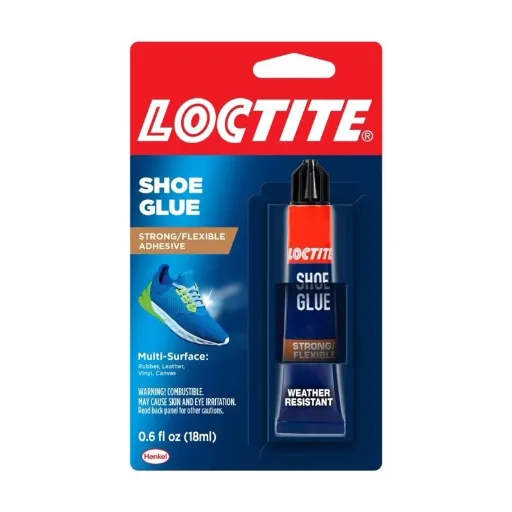
-
1
Identify the Material: Ensure you select the appropriate Loctite glue for the specific material you intend to work with, such as wood, metal, plastic, or glass. Each of the Loctite varieties is specifically designed for the optimal bond with a particular material.
-
2
Consider the Strength Needed: For light repairs, a standard strength option may be enough. For heavy-duty ones, a high-strength adhesive, such as Loctite Ultra Gel, should be used.
-
3
Evaluate Environmental Exposure: If heat, moisture, or extreme conditions are expected, use a formula that is waterproof and heat-resistant.
-
4
Check Cure Time: For quick fixes, choose Loctite Super Glue, a fast-setting glue. For projects that require more time to adjust, choose a slow-setting glue.
-
5
Look for Specialty Features: For flexibility or gap filling, verify if there are unique Loctite formulations that address these needs well.
This way, the adhesive matches the project’s demands, and the bond created will last.
Consider the Material for Bonding
The materials being joined dictate the adhesive needed. For example, joining metals typically requires an epoxy or cyanoacrylate glue, which provides a practical and long-lasting strong bond. Meanwhile, a special plastic adhesive or solvent cement may be required to provide a seamless bond for plastics. A woodworking glue, such as PVA or polyurethane, works well for porous materials like wood. It is advisable to follow the manufacturer’s guidelines and to test on a small scale, as this increases the likelihood of achieving the desired results and ensures compatibility.
Evaluate Project Requirements
It is essential to clearly define the project’s scope and list all necessary resources to achieve success. This process begins by surveying the objectives and constraints of a project, as well as its timelines and budgets. Scrutinise the specific materials required for the task, their compatibility, and durability for the application. Include environmental conditions, load requirements, and aesthetic requirements. Collecting measurements and referring to technical and industry standards can help in the planning process. Regular check-ins and dividing the project into more miniature, more manageable stages with the use of project management software can help track progress and tackle challenges.
Choose the Right Strength for Threadlockers
| Strength Level | Best For | Removal |
|---|---|---|
| Low Strength | Small screws, electronics, delicate components | Easy with standard tools |
| Medium Strength | Automotive, household devices, and general fasteners | Possible with standard tools |
| High Strength | Heavy vibration, permanent assemblies, industrial use | Requires heating or special tools |
The proper selection of threadlocker strength depends on the specific needs of your task. Threadlockers typically come in low, medium, and high strengths to suit various applications. Low-strength threadlockers are best suited for small screws or fasteners that frequently require removal, such as in electronics or delicate mechanical components. Medium-strength ones are suitable for automotive or household devices, where firm fastening is required but disassembly with standard tools is possible. At the same time, high-strength threadlockers are designed for fasteners that must withstand heavy vibrations and loads and are not expected to be removed frequently. As always, check the manufacturer’s guidelines to verify the suitability of the materials and conditions for your project.
Testing Compatibility Before Use
It is essential to assess the compatibility of any threadlocker with the materials and conditions of your application. Begin by noting the types of materials involved, like steel, aluminum, or plastic, since different threadlocker compositions can behave differently with various materials. Test a small amount of threadlocker on a sample or on a non-critical portion of the project to assess its adhesion, curing rate, and performance under anticipated conditions, such as temperature fluctuations or chemical exposure. Verify that the fasteners and surfaces are clean of any previous contaminants, such as oil or debris, as these can negatively impact performance. Testing compatibility is essential as it prevents possible issues and ensures dependability, especially in critical applications.
Reference Sources
These five references are all from academic sources. They provide detailed information on adhesives, including Loctite glue, which may help you verify the details in your article.
- Mechanical Analysis and Optimization of Adhesive Solutions in Automotive Manufacturing
This paper focuses on the use of Loctite adhesives in the automobile manufacturing industry and examines their mechanical properties and prospects for application. - Investigation of the Tensile Strength of Adhesive-Bonded Steels Using Surface Treatments
This article examines the tensile strength of steel joined by adhesives, with a focus on Loctite EA9514, and provides valuable insights into its behavior and potential applications. - Hands-On Laboratory Experience Using Adhesives for Remote Learning of Polymer Chemistry
This didactic research involved figures on adhesive types and properties, thereby qualifying it to serve as an accessible tool for drawing a larger picture of Loctite adhesives. - Organic Polymers for Adhesive Applications: History, Progress, and the Future
This chapter provides a technical and historical overview of adhesives, including synthetic types such as Loctite, and examines their evolution across various industries. - Summary of Glue Tests 1993
The report involves adhesive testing and evaluation, including Loctite products, for specific purposes such as optical bonding.
Frequently Asked Questions (FAQs)
❓ What are the different types of Loctite glue available?
Loctite offers a variety of adhesives tailored for specific applications, including cyanoacrylate adhesives, two-part adhesives, and heavy-duty adhesives. Popular options include Loctite 243 for medium-strength applications and Loctite Super Glue for instant bonding. Each type is designed to meet the needs of different materials and bonding environments.
❓ How does humidity affect the performance of Loctite glue?
Humidity can impact the curing process of Loctite adhesives. While some formulations are designed to resist moisture, excessive humidity can weaken the bond. It’s essential to apply the glue on clean, dry surfaces to ensure optimal bonding capabilities.
❓ What is the difference between instant adhesive and two-part adhesive?
Instant adhesives, like cyanoacrylates, provide a quick bond and are ideal for bonding small parts. In contrast, two-part adhesives typically require mixing before application and can offer stronger bonds for heavy-duty applications, making them suitable for more complex bonding needs.
❓ When should I choose Loctite 243 over other types of adhesives?
Loctite 243 is ideal for applications requiring medium strength and resistance to loosening due to vibration. It is suitable for bonding materials such as metals and plastics, making it a versatile adhesive for a wide range of projects.
❓ What are typical glue applications for Loctite products?
Loctite adhesives are used in a wide range of glue applications, from quick repairs of broken ceramics to bonding circuit boards and other difficult-to-bond materials. They are also effective for heavy-duty applications requiring strong bonds.
❓ How can I prepare surfaces before applying Loctite glue?
Surface preparation is crucial for achieving a strong bond. Ensure that the surfaces are clean and dry before applying the adhesive. For non-porous materials, cleaning with a suitable solvent can enhance material compatibility and improve bonding properties.
❓ What factors should I consider when choosing the right Loctite adhesive?
When selecting a Loctite adhesive, consider the materials being bonded, the environment (including humidity and temperature), and the strength levels required for the application. Understanding the bonding capabilities and specific characteristics of each adhesive will help you find the perfect fit for your project.
❓ How long does Loctite glue take to cure fully?
The full cure time for Loctite adhesives can vary depending on the type of glue used and environmental factors. Generally, most adhesives reach their full bond strength within 24 hours. However, some instant adhesives may bond quickly, providing an instant bond for quick repairs.







